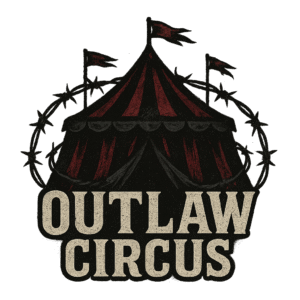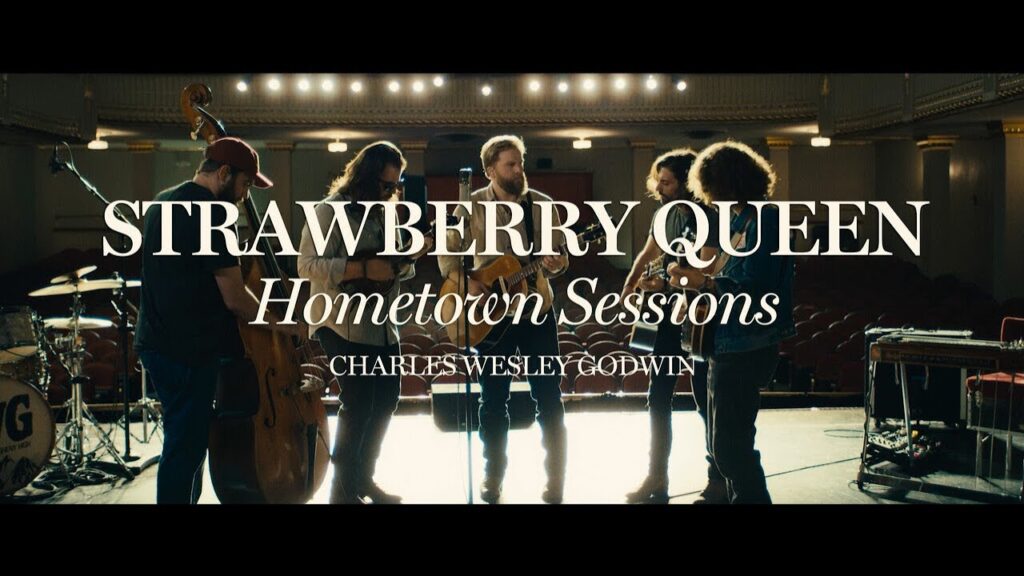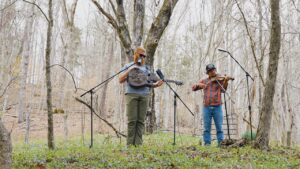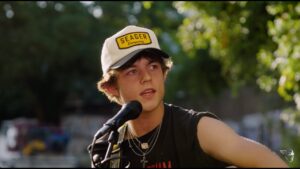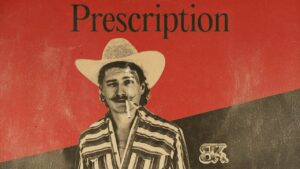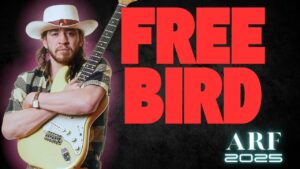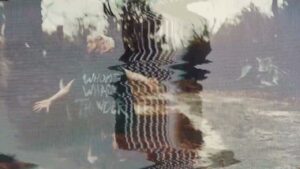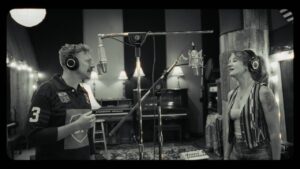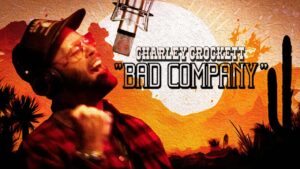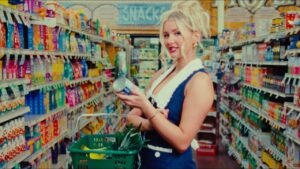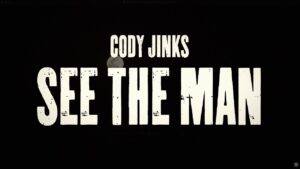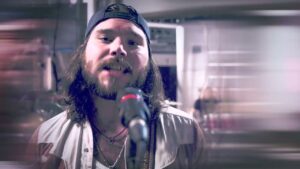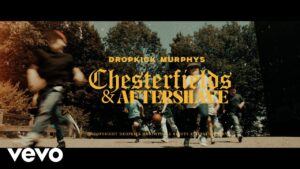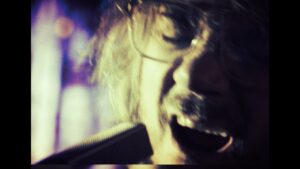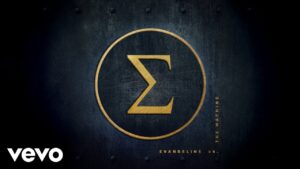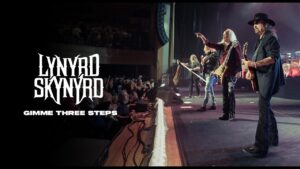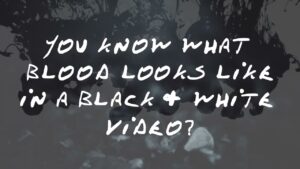In the dim-lit halls of The Metropolitan Theater in Morgantown, West Virginia, where the wood creaks with stories long told, a spellbinding performance is unfurled. It’s the kind of gig that makes you feel like you’re back in the days when music was raw and honest, before the industry got too polished for its own good. The artist, a modern-day troubadour, channels the spirit of old with a song that dances gracefully along the tightrope between nostalgia and newness.
The track in question is a masterclass in storytelling, steeped in a blend of heartfelt emotion and gritty reality. The song’s tone is a cocktail of longing and resilience, a theme that resonates deeply in the world of outlaw music. It’s a narrative of love and loss, capturing the bittersweet essence of a fleeting romance, wrapped in the warmth of memories that feel like home.
Lyrically, the song is a tapestry woven with threads of wistfulness and hope. The words paint vivid pictures of a simpler time, evoking a sense of place that’s both specific and universal. This is a story you’ve heard before, yet it feels fresh—a testament to the artist’s ability to breathe new life into age-old themes. The lyrics are raw, unvarnished, and though they steer clear of explicit language, they strike at the heart with honesty and a touch of melancholy. It’s a reminder of the beauty in the ordinary, the poetry of everyday life.
The mood of the song is akin to a late-night drive down a winding country road, where the only company is the moonlight and the hum of the engine. It’s reflective, introspective, yet it carries a hint of optimism. The melody is hauntingly beautiful, with a slow, deliberate pace that allows each note to linger in the air like smoke from a campfire. The instrumentation is sparse but effective, with guitars strumming gently as if whispering secrets to the night.
Visually, the music video is a perfect companion to the song’s narrative. Set in a theater that seems to have been plucked from a bygone era, it captures the essence of the song with a stark authenticity. The setting is intimate, almost as if the audience is peering through a window into a private moment. There’s a sense of camaraderie on stage, a shared understanding that transcends words. The visuals are simple, yet they speak volumes. The warm, sepia-toned color palette enhances the nostalgic feel, while the interplay of light and shadow adds depth to the performance.
The camera work is deliberate, focusing on the artist’s expressions, the subtle interplay between band members, and the way the music seems to flow through them. There’s a rawness to the visuals that mirrors the song’s emotional core, a reminder that sometimes, less is more. It’s about capturing the essence of the moment, the authenticity that’s at the heart of outlaw music.
The contrast between the song’s lyrical content and its visual representation is a dance of duality. While the lyrics speak of longing and reflection, the visuals offer a grounding presence, anchoring the narrative in a specific time and place. This juxtaposition creates a rich tapestry that draws the viewer in, inviting them to become part of the story.
In the end, what makes this music video stand out is its ability to evoke emotion without resorting to spectacle. It’s a testament to the power of storytelling, the ability to connect with an audience on a visceral level. It’s a reminder that outlaw music isn’t just about rebellion; it’s about truth, authenticity, and the enduring power of a well-told story. This performance, captured in the heart of West Virginia, is a shining example of that ethos, a moment of magic that lingers long after the last note has faded into silence. So, pour yourself a whiskey, lean back, and let the music take you home.
